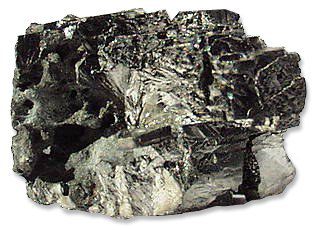Beryllium and its removal from water
Beryllium is a relatively hard, very fragile and difficult to melt metal. If beryllium is heated up to the red heat, it is extendable. Beryllium conducts electricity and heat very poorly. It can be contained long-term in kerosene or oil to which it doesn’t react. In air it shows stability, in contact with water a thin layer or berrylium oxide appears on it.

Beryllium is mostly used in jewellery where in the form of a beryl graces for example the english crown. Very important property of beryllium is penetrability of X-rays which is used a lot in nuclear reactors. Further we can find beryllium in metallurgy and electronics.
Effects of beryllium on health
Although beryllium is a very useful substance in various branches, it is very dangerous to the human health. Beryllium and its salts are toxic and carcinogene. When inhaled for longer term as an aerosol a lung illness called chronic berylliosis can evolve.
(especially powdered beryllium) Ekzemas on the skin, damage to the breathing tract, skin problems, rash, lung cancer.
Extreme risks are in case of beryllium salt ingestion with food or water!
Methods of beryllium removal from water
(just usual water plant technologies)
| technology | degree | efficiency in % |
| clarification by aluminum sulphate | clarification | 70 – 80 |
| sand filtration | 55 | |
| filtration through active coal | < 10 | |
| alkalization with soda and filtration | filtration through coplene 43 – 50 | |
| alkalization with lime and filtration | sand filtration 0 – 47 | |
| deacidification on PVD | filtration 0 – 40 |
Ion exchange
Since a major part of this substance in water occurs in a kation form, to remove it an ion exchange can be used, but only when using a strongly acid catex. By the ion exchange it is easy to achieve the standard limits for beryllium in the water.
- Limit for beryllium in the drinkable water is by the notice nr. 252/2004 Co. set to 2,0 mikrog/l.